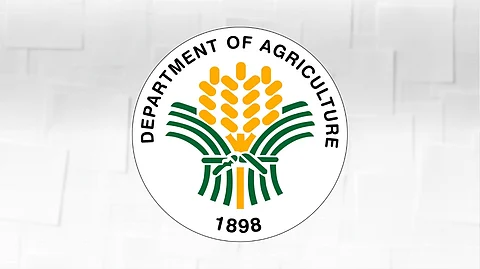
- NEWS
- the EDIT
- COMMENTARY
- BUSINESS
- LIFE
- SHOW
- ACTION
- GLOBAL GOALS
- SNAPS
- DYARYO TIRADA
- MORE

To unlock capital for rural development, the government streamlined investment programs aimed to spur the development of agriculture and fisheries sectors, which are long considered high-potential yet undercapitalized industries.
The Department of Agriculture (DA) has expressed full support for a new Joint Memorandum Circular (JMC) that establishes “Green Lanes” for strategic investments, enabling faster processing of permits, licenses and registrations for key projects.
Signed by Agriculture Secretary Francisco Tiu Laurel Jr. and 37 other government agencies, the JMC strengthens the operational framework of the Investment Facilitation Network (INFA-Net) and implements Executive Order 18, Series of 2023, which institutionalizes green lanes for high-impact investments.
“This JMC is a significant step forward in our commitment to making it easier for investors to do business in the Philippines’ agri-fishery sector,” Tiu Laurel said.
“With improved coordination and more efficient systems in place, we are creating an environment that attracts investment and drives inclusive rural development.”
Gov’t-wide agency
The multi-agency initiative involves the Departments of Trade and Industry (DTI), Finance (DoF), and the Interior and Local Government (DILG), along with the Bureau of Customs (BoC) and other key offices.
It aims to remove persistent bottlenecks on investments in agriculture — a sector critical to national food security yet plagued by outdated systems and weak infrastructure.
Under the JMC, the DA will play a central role in coordinating investments linked to agribusiness, agricultural mechanization, food supply chains, and rural infrastructure. A dedicated INFA-Net Focal Unit — led by the DA’s Agribusiness and Marketing Assistance Service (AMAS), in coordination with the Policy Research Service (PRS) — will oversee compliance and coordination with the circular.
The reform supports the objectives of the Ease of Doing Business and Efficient Government Service Delivery Act of 2018.
It reinforces the Marcos administration’s broader efforts to modernize the bureaucracy and build investor confidence in strategic sectors.
By integrating inter-agency processes, the green lane mechanism is expected to significantly reduce approval timelines, foster a more transparent investment environment, and catalyze economic activity in underserved rural areas.
“This initiative doesn’t just target investors,” Tiu Laurel added.
“It’s also about uplifting our farmers and fisherfolk, generating rural employment, and ensuring long-term food security for the nation.”
